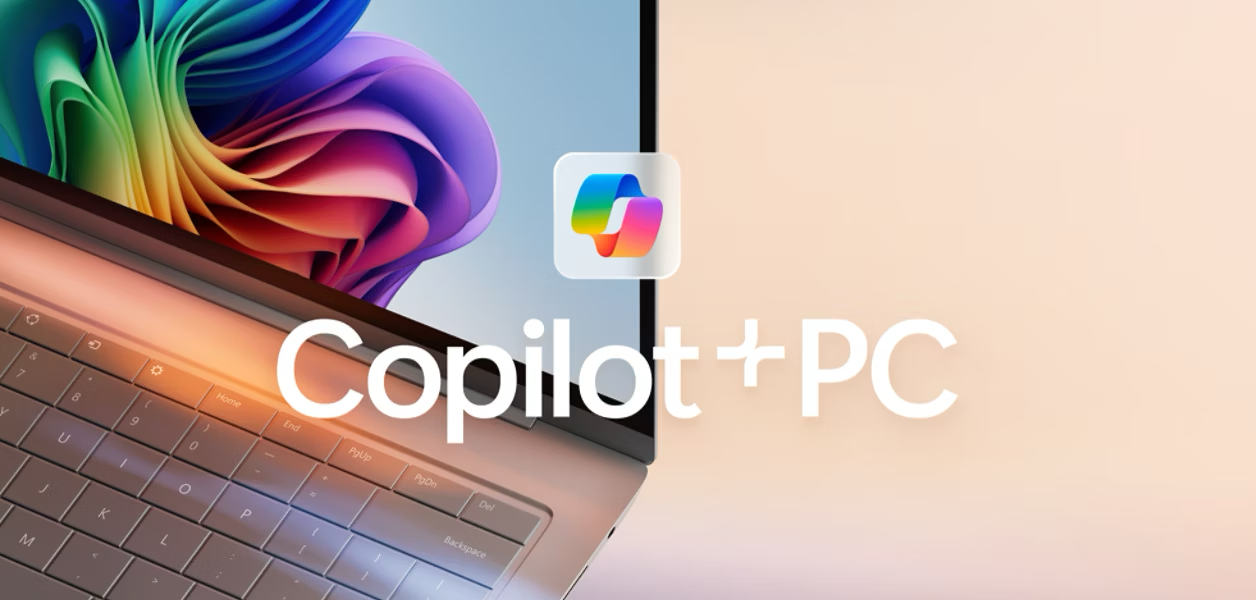



Ever since it was announced in October 2021, Microsoft has struggled to encourage PC owners to switch to Windows 11. Despite a clear preference for Windows 10, the US company has forged ahead with plans to terminate support for its most popular operating system on October 14, 2025.
Just one year ago, this seemed like folly, with statistics showing . Microsoft tried taking over PC screens with to prompt users to upgrade to Windows 11 and, with executives encouraging people to prioritise an upgrade to a new PC over other gadgets, like fridges, TVs or mobile phones ahead of the October deadline.

Between May and June 2025, Windows 11 usage increased by over 4%. At the current rate, it will overtake Windows 10 as the most popular version of the operating system ahead of schedule
This seemed to have little impact. In fact, with 9 months left until its self-imposed deadline,
But things seem to finally be turning around for Microsoft, with the latest statistics showing a dramatic rise in Windows 11's market-share. The uptick hasn't been quite enough to overtake Windows 10, but it has shrunk that operating system's lead to a meagre 1%. With 114 days left until Microsoft pulls support for Windows 10, we'd expect this trend to continue over the coming months, resulting in Windows 11 becoming the most-used operating system from Microsoft.
The most recent figures, courtesy of StatCounter, show Windows 10 has dropped from running on 66% of all PCs back in June 2024 down to 49% in June 2025. During that same timeframe, Windows 11 has surged from 29% up to over 47%. With over one billion devices running some form of Windows worldwide, these percentage increases equate to millions of new laptops, tablets, and desktop PCs.
It's unclear why we've seen such an increase in Windows 11 in recent months, but it's possible Microsoft's warnings on social media, fullscreen prompts on PCs, and other cauiotnary messaging about Windows 10 losing support are finally starting to have an impact.
It's pretty normal to see a lag in the time it takes for the general public to switch to a new operating system, with concerns around compatiblity with accessories, software, or other cirtical parts of thier workflow. However, the shift from Windows 10 to Windows 11 has taken more time than previous iterations.
That could be attributed to Microsoft's decision to introduce strict minimum system requirements with Windows 11, preventing many PCs capable of running Windows 10 without any issue to upgrade to the latest operating system free of charge. Despite constant rumours that Microsoft would relax its unforgiving requirements, .
 Microsoft has kickstarted a new category of Windows 11 PCs, known as Copilot+ PCs, that offer additional extras not available in other versions of Windows 11, thanks to their specialist AI chipsets MICROSOFT PRESS OFFICE | GBN
Microsoft has kickstarted a new category of Windows 11 PCs, known as Copilot+ PCs, that offer additional extras not available in other versions of Windows 11, thanks to their specialist AI chipsets MICROSOFT PRESS OFFICE | GBN
Complicating matters, Microsoft is heavily promoting its new Copilot+ PC category as the flagship offering for Windows 11 users. These machines are "the fastest, most intelligent and most secure Windows PCs ever built", Microsoft Consumer Chief Marketing Officer, Yusuf Mehdi .
These laptops, , boast a number of exclusive Windows 11 features that you won't find on machines that don't meet the specific Copilot+ PC requirements.
The company claims Copilot+ PCs are up to five times faster than popular 5-year-old Windows PCs, with top models reportedly performing 58% faster than a MacBook Air with M3. The new category features processors from multiple manufacturers, including Snapdragon, AMD Ryzen AI, and Intel Core Ultra.
Microsoft emphasises that security is "at the heart of everything" they do, with Windows 11 devices shipping with numerous security features enabled by default.

If you want to enjoy all of the features built into Windows 11, you'll need to make sure your next purchase is labelled as a Copilot+ PC. This signifies that it meets the latest criteria from Microsoft (16GB of RAM, 256GB SSD, and NPU) to enable the latest AI tricks
MICROSOFT PRESS OFFICE
Despite the millions of PCs unable to upgrade to Windows 11 — potentially , the Redmond-based technology giant remains firm on its hardware requirements for Windows 11, positioning them as essential for modern security protection.
"Security is at the heart of everything we do at Microsoft", Mehdi stated, underlining the company's focus on protecting customer data. According to IDC data cited by Microsoft, nearly 80% of businesses plan to refresh their PC portfolio by the end of 2025. The same research suggests 70% of everyday consumers will upgrade their PCs in the next two years.
If you missed the memo, starting from , Microsoft will no longer issue free software updates to fix vulnerabilities, bugs, and critical glitches in the desktop operating system.
Without these, Microsoft warns that anyone who continues to use Windows 10 will be left "at greater risk for viruses and malware". Once a flaw in the operating system has been uncovered, hackers can continue to exploit the vulnerability in millions of PCs with no fear that Microsoft will issue a fix.
Beyond security concerns, compatibility issues will mount. , including Microsoft Word, Excel and Powerpoint, but this software was due to end in October 2025.
Since the launch of Windows 11 four years ago, the minimum system requirements have proven to be a source of controversy due to the strict hardware demands, which many older computers cannot meet.
 Windows 11 reworks the design of the operating system and brings the iconic Start Menu to the centre of the screen for the first time MICROSOFT PRESS OFFICE
Windows 11 reworks the design of the operating system and brings the iconic Start Menu to the centre of the screen for the first time MICROSOFT PRESS OFFICE
To install Windows 11, which is free to anyone who has a legitimate version of Windows 10 installed on their PC, a computer must have a 64-bit processor, at least 4GB of memory (RAM), 64GB of storage, and specific security features like UEFI firmware with Secure Boot and a Trusted Platform Module (TPM) version 2.0.
For those who don't know, the TPM is a small hardware component designed to enhance security. It stores sensitive information, such as encryption keys and passwords, in a secure way, protecting against malware and unauthorised access.
Secure Boot is another security feature that ensures only trusted software runs when the computer starts, preventing attacks that can compromise the system before the operating system even loads.
Microsoft introduced these requirements to improve security and take advantage of modern hardware capabilities. Of course, if you buy a new desktop PC or laptop from the store with Windows 11 preinstalled, it will have all of the hardware required built-in.
But many computers with enough processing power to comfortably run Windows 10 lack these additional security features, like TPM 2.0. As a result, these PCs do not meet these new standards, despite being fully functional.
This has frustrated users who wish to take advantage of Microsoft’s free upgrade offer but are instead faced with either upgrading their hardware or sticking with Windows 10 after the operating system stops receiving updates later this year. Critics argue that the requirements are overly strict, forcing users to replace otherwise capable computers, leading to unnecessary costs and electronic waste.
If your current Windows 10 PC doesn't meet the minimum system requirements to take advantage of a free upgrade to Windows 11, there are two choices available — either switch to a brand-new machine with Windows 11 preinstalled; or subscribe to the Extended Security Updates (ESU) program for Windows 10 to continue to receive critical security patches and bug fixes.
While enterprise users will be chargedfor the first year of additional support, rising to an eye-watering for third and final year, consumers benefit from a much more affordable deal.
Priced at for an extra year of critical Windows 10 updates, this marks the first time Microsoft has offered ESU to everyday PC owners.
For those seeking alternatives, some are exploring Linux distributions to keep older hardware functional. Google is — a variant of the software that powers its immensely popular Chromebooks.
